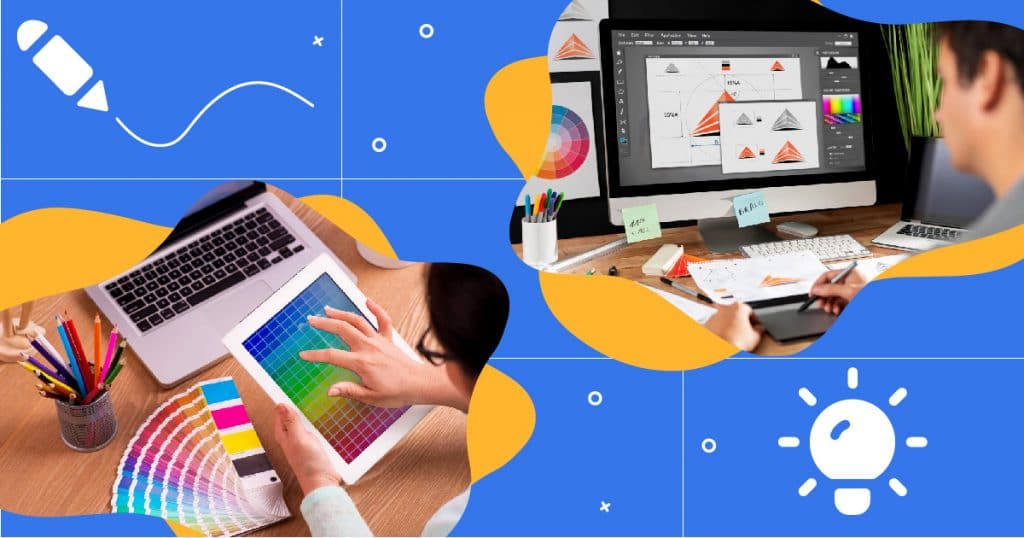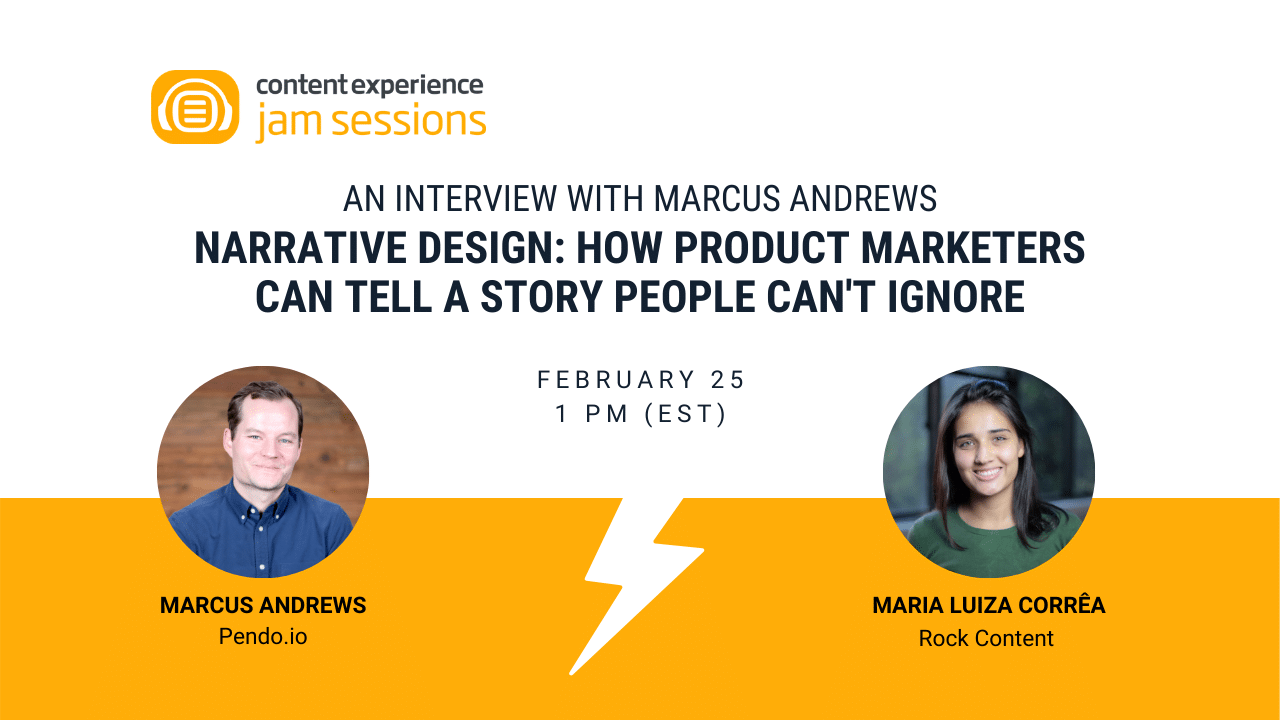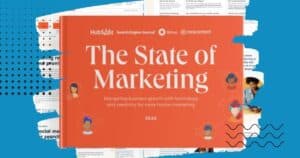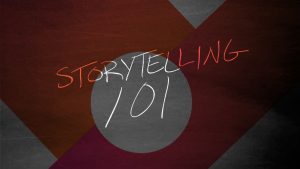Skilled in the art of visual storytelling, graphic designer is in high demand by digital marketing departments today.
Such a specialty is a boon to conveying a brand visually, creating ads that speak to the audience, and designing compelling websites.
Plus, it helps that you love what you do.
Whether you have years of experience or are fresh out of training or a degree program, you have exciting options when it comes to how you’ll use your talent.
One of those options, in particular, is to become a freelance graphic designer.
There’s much to be applauded for having the ability to set your own hours and choose your own clients and type of work.
Yet, you’ll need the skills to get those clients and make freelancing a viable option.
With all the information available online these days, words can only do so much to draw an audience in, but add eye-catching designs and chances to improve.
Digital marketers already know this and are aware of what you can provide.
Use this to your advantage, and make it work for you. We tell you how in this guide.
- What Does a Graphic Designer Do?
- Graphic Designer Qualifications
- Graphic Designer Salaries and Job Outlook
- How to Become a Freelance Graphic Designer
- Wrap Up: Become a Successful Freelance Graphic Designer
What Does a Graphic Designer Do?
A graphic designer is a professional visual artist, who combines various images, illustrations, and typography to convey information, engage the senses of the audience, and inspire action.
Utilizing colors, shapes, textures, and lines, they can formulate a unique approach to showcasing a brand or concept.
For example, graphic designers often design logos, posters, product packaging, and other marketing material. They create images and prepare layouts for publications, such as online magazines and lookbooks.
Projects can be large, such as an all-out rebranding or advertising campaign, or small, such as an event brochure.
Graphic designers are also proficient with computer programs like those included in Adobe Creative Cloud.
You will find graphic designers typically working in the following:
- marketing
- public relations
- advertising
- publishing
- specialized design services
- other related industries
These positions may be in-house, agency-based, or freelance.
Graphic Designer Qualifications
There are a few distinct ways to go about becoming a graphic designer.
Generally, though, qualifications consist of the following:
- specialized education and/or training
- computer skills (certification optional)
- portfolio of completed samples
Typically, you will need to earn a Bachelor’s Degree in a related field, such as Graphic Design or Fine Arts.
If your degree is in a different field, you can take additional technical training in graphic design. This additional training is usually required for hiring by companies or agencies.
In addition, computer skills are imperative and will most likely include Adobe Photoshop, Illustrator, and InDesign.
While not required, it also helps to have a certification specifically in graphic design software.
You will also need a portfolio showcasing examples of completed work that demonstrate your abilities, techniques, and style.
Graphic Designer Salaries and Job Outlook
When it comes to salary amounts and hourly rates for graphic designers, much will depend on who you work for, where you are located, and whether you are an employee or freelancer.
According to the federal US Bureau of Labor Statistics (BLS), on average, graphic designers earn approximately $51,000 per year in salary. The average hourly rate is $24.38.
For freelance graphic designers, crowdsourcing sites like GlassDoor place yearly salaries at anywhere between $27,000 and $140,000.
As for job outlook, the BLS reports that graphic designers will see slightly slower than average growth over the next several years.
This slight decline in employment is the result of the continuing decline of print products, including book publishers, newspapers, and periodicals.
As industries continue to transition to more digital design, however, you can expect job opportunities to rapidly increase in this specific area.
Both businesses and individuals need websites, mobile apps, and more to get noticed in an increasingly crowded online world.
Establishing that online presence is crucial to the success of companies (large and small), entrepreneurs, and even other freelancers.
Content marketing strategies, then, will continue to go beyond purely text-based content and focus on the visual experience.
This visual experience may be in the form of photos, diagrams, illustrations, infographics, or interactive content.
Also check out: How to Become a Social Media Freelancer
How to Become a Freelance Graphic Designer
However far along you are in your career, at some point, you may want to become a freelancer. Becoming your own boss is enticing, and being able to choose the clients you work with, the type of projects you prefer, and setting your own rates is exciting.
Yet, you’ll need to balance your creative side with your business side to succeed.
Here are essential steps in how to become a freelance graphic designer.
Create Your Personal Brand
Start by understanding and articulating who you are and what you offer. Then, determine what makes you unique. These all will play a role in your personal branding.
Personal branding is the way you promote yourself and your services.
You want clients to associate you with your particular branding, work style, and resulting products.
While you can add to your skills and preferences later on, first, you need to find your focus and start building your brand.
Begin by creating your logo, website, and marketing materials.
Compile a Design Portfolio
While a freelance resume will be beneficial, it’s the design portfolio you’ll need to showcase your abilities.
A design portfolio is your resume of sorts, used to show your experience and style.
It may consist of examples created during a degree program, online classes, corporate experience, or freelancing.
If you don’t have enough examples, create more, always keeping your branding and purpose in mind.
For example, design an infographic or a mock ad.
If you want to specialize in something, create samples to show your creative and technical style.
Build both a physical and an online portfolio to exhibit your best work, and add to them as you go along.
Establish an Online Presence
Establishing an online presence is crucial today, and one of the best ways to do this is with an SEO-Optimized Website. This website can be your online portfolio, with narratives written with each sample, or a place to share a bio, blog, and client testimonials.
Other beneficial ways to increase your online presence include:
- LinkedIn, a professional network that includes decision-makers for companies and agencies.
- Specialized social platforms, such as Dribble (for creatives).
- Social media platform accounts (separate from your personal ones) to share and engage with others (e.g., Facebook, Instagram, Twitter, TikTok).
Develop an understanding of the Business Side of Things
Being a freelancer requires more than just creativity and connections.
You will need to become proficient with the business side of things, including sales and accounting techniques as well.
For marketing and sales, spend time learning how to pitch yourself.
Develop proposal and invoice templates to modify for each client and each new project.
You’ll also need to set your rates.
Perhaps one of the most puzzling or challenging parts of your freelance business will be establishing these rates. To help, start by researching what other freelancers are currently charging. Look at their experience, training, and portfolios.
Check out freelance marketing platforms such as Fiverr to get a feel for what’s out there and what customers are saying.
You may want to offer discounted rates for bigger projects or ongoing work for a client.
Your workload will vary at times, so plan ways to make the best of a slow period by smartly budgeting and by attending additional training to boost your skills in a new area.
Market Yourself
Even with experience under your belt, it will take time to build up a client list to provide regular, ongoing freelance graphic design services.
In other words, you will need to market yourself.
Reach out to your contacts, such as that small business owner who is just getting started. Offer to help them with their website or branding for free or a discounted rate in return for a review and recommendation.
Let all your connections on LinkedIn and other social media platforms know you are now freelancing and contact you for more information. Ask them to share this exciting news with their networks.
Identify brands, companies, or agencies that produce graphic designs for themselves or others and are similar in style to your offerings. Start contacting them directly.
Network online and in-person. Attend digital marketing conferences and build connections.
Also, if you feel inclined and are just starting out, consider placing your services on job boards such as Fiverr. While rates here may be considerably lower than what you would normally charge, it can give you freelance experience.
Once you do establish ongoing clients, stay on the lookout for new opportunities in order to scale your business or replace clients who only need short-term help.
Also check out: 7 Freelancers Mistakes to Avoid
Wrap Up: Become a Successful Freelance Graphic Designer
Becoming a freelance graphic designer requires not only skills in visual and digital design but a desire to be your own boss and accept the responsibility of overseeing the business side of things as well.
With personal branding, an exceptional design portfolio, and a strong online presence, you’ll be well on your way to becoming a successful freelance graphic designer in no time.
Also stay up-to-date on the latest graphic design trends for social media by checking out our informative blog post.








